Saturday, June 28, 2014:
FISHING REPORT:
The White Miller Caddis have been making an early morning appearance on the lower field water of the Double R Ranch. On Friday morning your Stream Keeper landed a half dozen fish, including a 20 inch Brown and a 17 inch Rainbow, by swimming #14 Pheasant Tail Soft Hackles under the hovering caddis and in front of swirling fish. Some Blue Winged Olives came off under the cloud cover. Isolated hatches of Trico mayflies have been observed; look for the hatch to intensify with continued hot weather. The trout have started chasing damsel nymphs; a green bodied soft hackle is an effective pattern for hooking these trout. The Callibaetis hatch on The Pond is a reliable daily event; the larger trout have been holding against the north bank of the new islands.
SUMMER READING LIST:
If you want to do some serious summer reading focused on improving your knowledge of aquatic insects, fly design and fishing techniques, the following selection would be a great start, in no particular order:
Learning from the Water, Fishing tactics & fly design for the toughest trout, Rene Harrop
In your Stream Keeper’s opinion, this is the fly fishing and fly tying book of the decade. It focuses on hatches and techniques for fishing the Henry’s Fork, but the wisdom it contains is transferrable to Silver Creek, any spring creek and many other venues. There are recipes for most of Rene Harrop’s significant flies. If you want to read one fly fishing book this summer, you can’t go wrong with this one.
Tying & Fishing Soft Hackled Nymphs, Allen McGee
While I am a devoted soft hackle addict and cut my teeth on Sylvester Nemes’ series of books on the subject, I regard Allen McGee’s recent book as the repository of all Western Knowledge about soft hackled flies. It contains pictures and recipes for more current fly patterns and detailed instructions regarding many effective techniques for fishing soft hackled flies, and they all work on Silver Creek. A “must read” for soft hackle devotees.
Western Mayfly Hatches, From the Rockies to the Pacific, Rick Hafele & Dave Hughes
These prolific Oregon fly fishing authors have collaborated on a book chock full of information about our may flies, written in a straight forward manner easily understood by the average angler interested in practical information.
Mayflies, An Angler’s Study of Trout Water Ephemeroptera, Malcolm Knopp & Robert Cormier
This work will be right up your alley if you are interested in delving into the minutia regarding mayflies. It is your Stream Keeper’s favorite reference book.
Caddisflies, Gary LaFontaine
This is the greatest book ever written about Caddisflies, a timeless classic. LaFontaine sparked the Antron craze, at least regarding its use for imitating caddis. What I particularly like about this book is the Index which you can use to find out what species of caddis are present on your destination rivers and which LaFontaine patterns you should carry.
Mastering the Spring Creeks, A Fly Angler’s Guide, John Shewey
This may be the first “modern” work on fishing spring creeks. Shewey covers a wide range of effective techniques and fishing strategies, illustrated by excellent photographs. But what your Stream Keeper finds most interesting is the fly recipes. Shewey has a dozen standard mayfly patterns directed at aquatic insects (both mayflies and caddis) and specifies what color materials needed for each species one would expect to encounter on Western spring creeks. Particularly interesting is the absence of any parachute patterns.
Selective Trout, A Dramatically New and Scientific Approach to Trout Fishing on Eastern and Western Rivers, Doug Swisher & Carl Richards
A landmark book with wisdom still valuable today.
Hatches II, A Complete Guide to Fishing the Hatches of North American Trout Streams, Al Caucci & Bob Nastasi
Another classic and pioneering book with current validity, which should be present on the serious angler’s bookshelf right next to Selective Trout.
Tying Emergers, Jim Schollmeyer & Ted Leeson
An extremely helpful book for those fly tiers who are devotees of emerger patterns. It will take your tying skills to the proverbial next level.
Micro Patterns, Tying & Fishing the Small Fly, Darrel Martin
This extremely talented master fly tier has written a manual for tying small flies capable of raising your catch rate when the PMDs, Tricos, midges and BWOs are minuscule.
Tricos, A Practical Guide to Fishing and Tying Tricorythode Imitations and Related Patterns, Bob Miller
Although Miller hails from the East, this small book is full of sage advice for fishing hatches of the tiny Trico mayfly. It contains the recipe and tying instructions for the “wonder wing” pattern.
The Art of Tying the Wet Fly & Fishing the Flymph, James E. Leisenring & Vernon S. Hidy, 1971
If you can find a copy of this out-of-print book, pick it up. It will take you back to the early days of spring creek fishing, as Hidy was a noted Silver Creek devotee.
A River Never Sleeps, Roderick Haig Brown
Inspirational accounts of time on the river.
Spring Creek, Nick Lyons
One of Lyons’ finest works, this book chronicles a summer spent figuring out the puzzle of O’Dell Spring Creek which flows into the Madison River just outside of Ennis, Montana. It will inspired the angler to explore a new river.
Doug Andres
Stream Keeper
